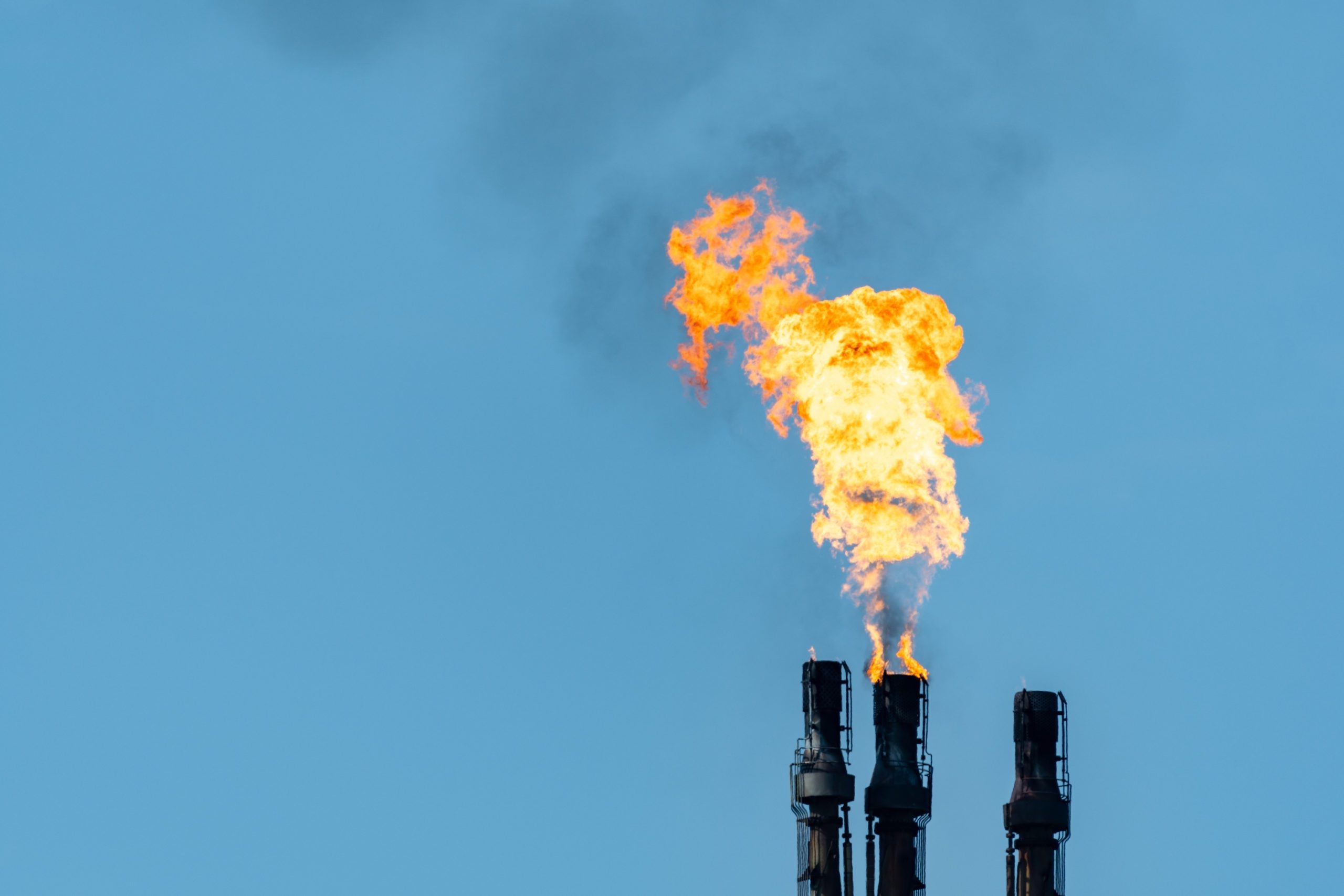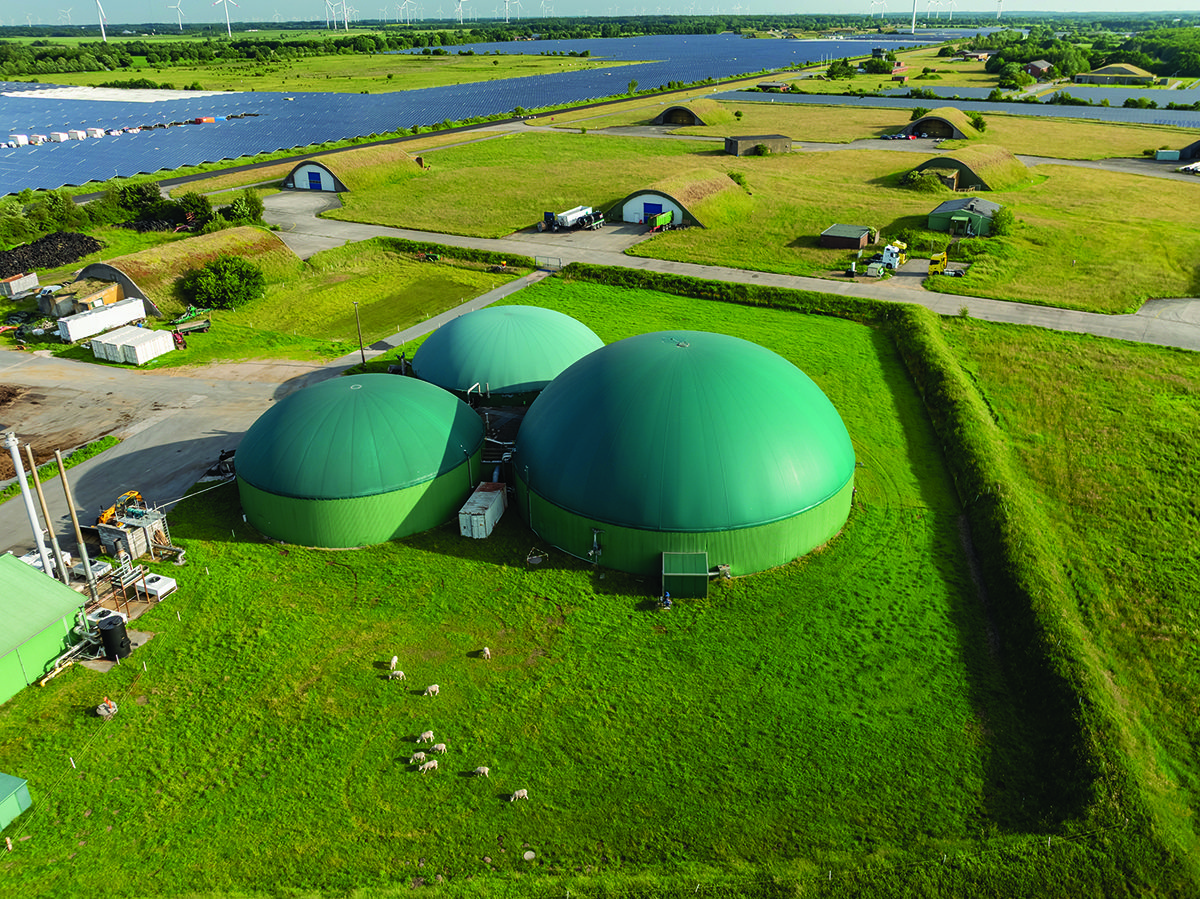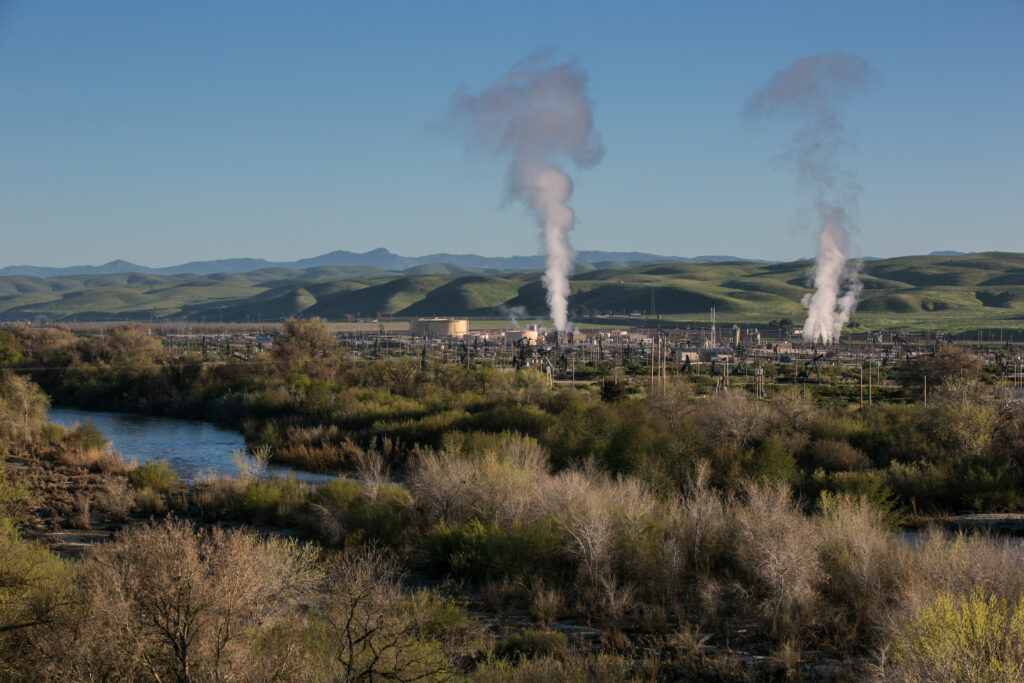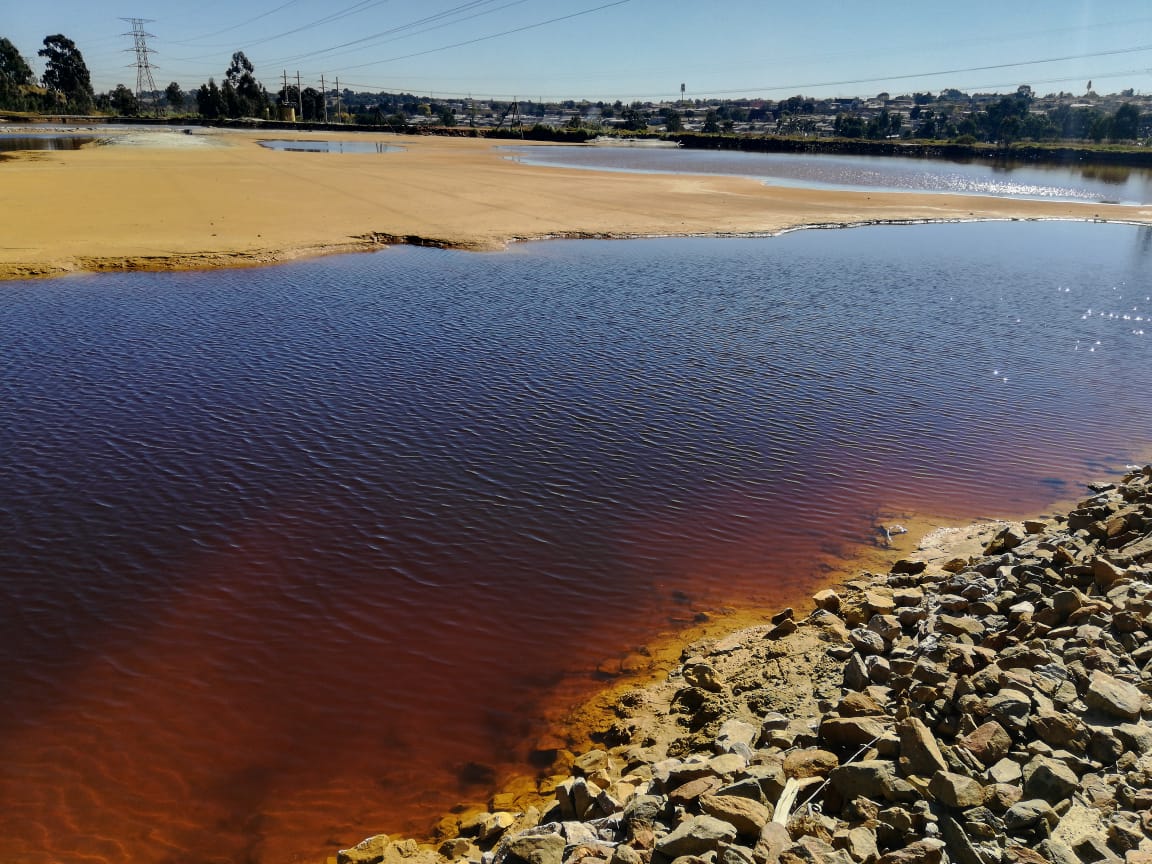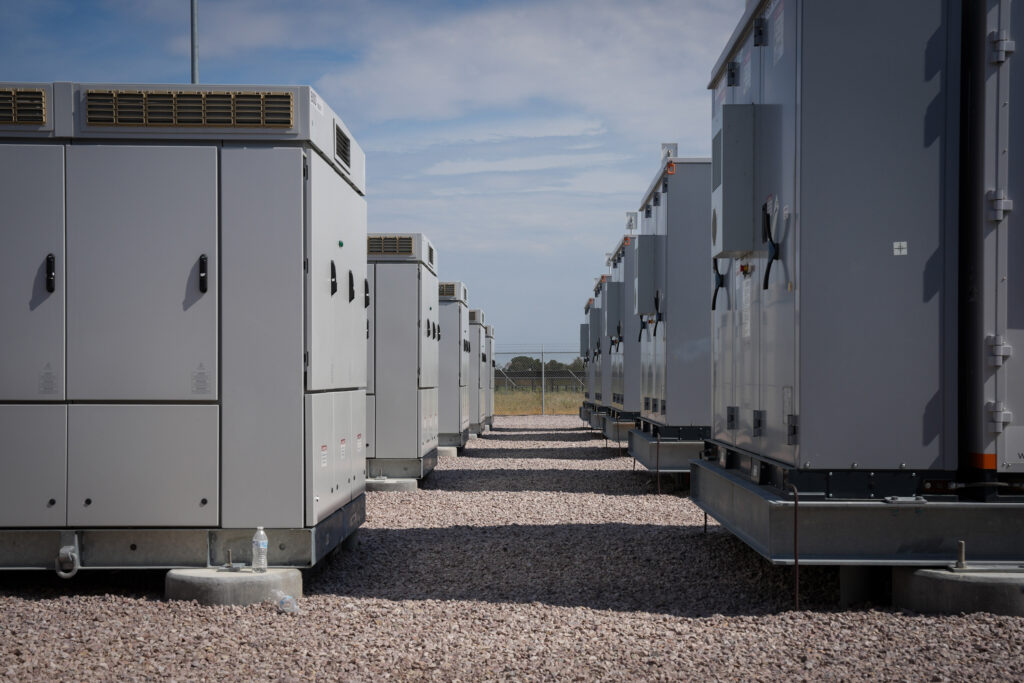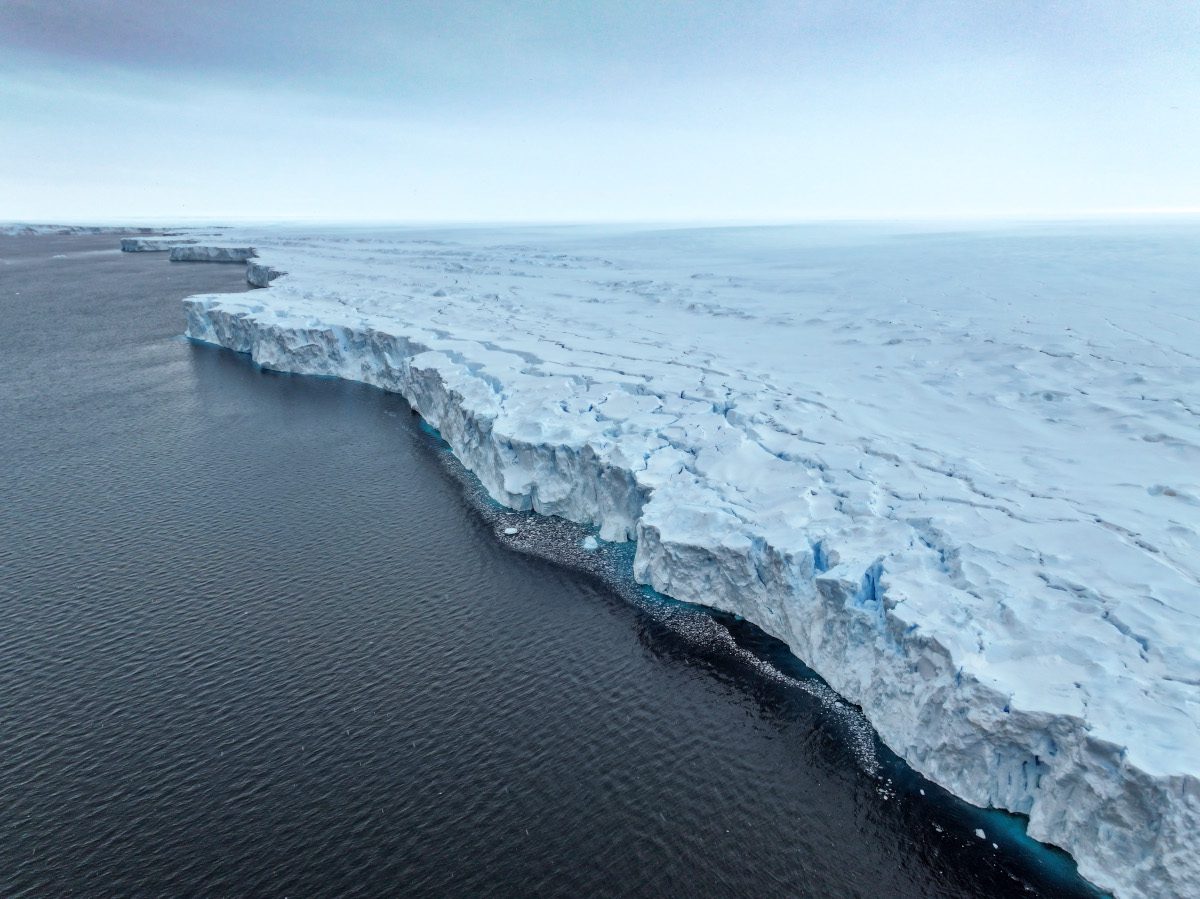A new analysis of satellite data appears to find that the record surge in atmospheric methane emissions from 2020 to 2022 was driven by increased inundation and water storage in wetlands, combined with a slight decrease in atmospheric hydroxide (OH). The results have implications for efforts to decrease atmospheric methane and mitigate its impact on climate change, say the researchers.
“From 2010 to 2019, we saw regular increases – with slight accelerations – in atmospheric methane concentrations, but the increases that occurred from 2020 to 2022 and overlapped with the COVID-19 shutdown were significantly higher,” says Zhen Qu, assistant professor of marine, earth and atmospheric sciences at North Carolina State University and lead author of the research. “Global methane emissions increased from about 499 teragrams (Tg) to 550 Tg during the period from 2010 to 2019, followed by a surge to 570 – 590 Tg between 2020 and 2022.”
Atmospheric methane emissions are given by their mass in teragrams. One teragram equals about 1.1 million U.S. tons.
One of the leading theories concerning the sudden atmospheric methane surge was the decrease in manmade air pollution from automobiles and industry during the pandemic shutdown of 2020 and 2021. Air pollution contributes hydroxyl radicals (OH) to the lower atmosphere. In turn, atmospheric OH interacts with other gases, such as methane, to break them down.
“The prevailing idea was that the pandemic reduced the amount of OH concentration, therefore there was less OH available in the atmosphere to react with and remove methane,” Qu says.
To test the theory, Qu and a team of researchers from the U.S., U.K. and Germany looked at global satellite emissions data and atmospheric simulations for both methane and OH during the period from 2010 to 2019 and compared it to the same data from 2020 to 2022 to tease out the source of the surge.
Using data from satellite readings of atmospheric composition and chemical transport models, the researchers created a model that allowed them to determine both amounts and sources of methane and OH for both time periods.
They found that most of the 2020 to 2022 methane surge was a result of inundation events – or flooding events – in equatorial Asia and Africa, which accounted for 43% and 30% of the additional atmospheric methane, respectively. While OH levels did decrease during the period, this decrease only accounted for 28% of the surge.
“The heavy precipitation in these wetland and rice cultivation regions is likely associated with the La Niña conditions from 2020 to early 2023,” Qu says. “Microbes in wetlands produce methane as they metabolize and break down organic matter anaerobically, or without oxygen. More water storage in wetlands means more anaerobic microbial activity and more release of methane to the atmosphere.”
The researchers feel that a better understanding of wetland emissions is important to developing plans for mitigation.
“Our findings point to the wet tropics as the driving force behind increased methane concentrations since 2010,” Qu says. “Improved observations of wetland methane emissions and how methane production responds to precipitation changes are key to understanding the role of precipitation patterns on tropical wetland ecosystems.”
The research appears in the Proceedings of the National Academy of Sciences and was supported in part by NASA.








